New Zealand and Norfolk Island
New Zealand is famous for its stunning landscapes and wide-open spaces.
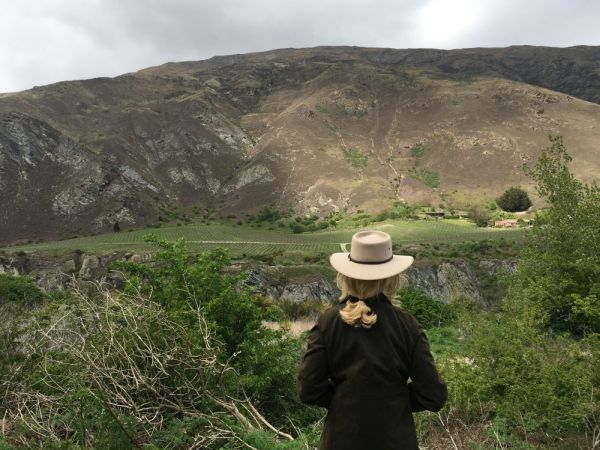
Travelling through Central Otago on the South Island, like CeCe I was struck by how the rugged countryside was in stark contrast to the neatly planted orchards and vinyards that give Central Otago its name as ‘the fruit bowl of the south’. The sheer space and breadth of the country is breathtaking.
While I only touch on New Zealand’s rich history in ‘The Missing Sister’, I researched Māori culture and the various waves of migration over the past centuries and Central Otago’s gold rush of the 1860s. Everyone I met in New Zealand welcomed me with kindness and openness, which I hope I have reflected in the fictional characters of the McDougal family.
Gibbston, also known as the ‘Valley of the Vines’, is one of the most scenic wine growing areas. Vineyards are sandwiched, sometimes precariously, between rugged schist mountains and the rocky Kawarau River gorge.
This high-altitude area is subject to cold winters, hot dry summers and a wide night-to-day temperature range. These challenging conditions produce exceptional wines and have led to worldwide recognition. More than 70% of the grapes grown here are pinot noir; other varieties including chardonnay, pinot gris, riesling and sauvignon blanc.
Walking through the bare vines of the vineyard that inspired that of the McDougal family in ‘The Missing Sister’.
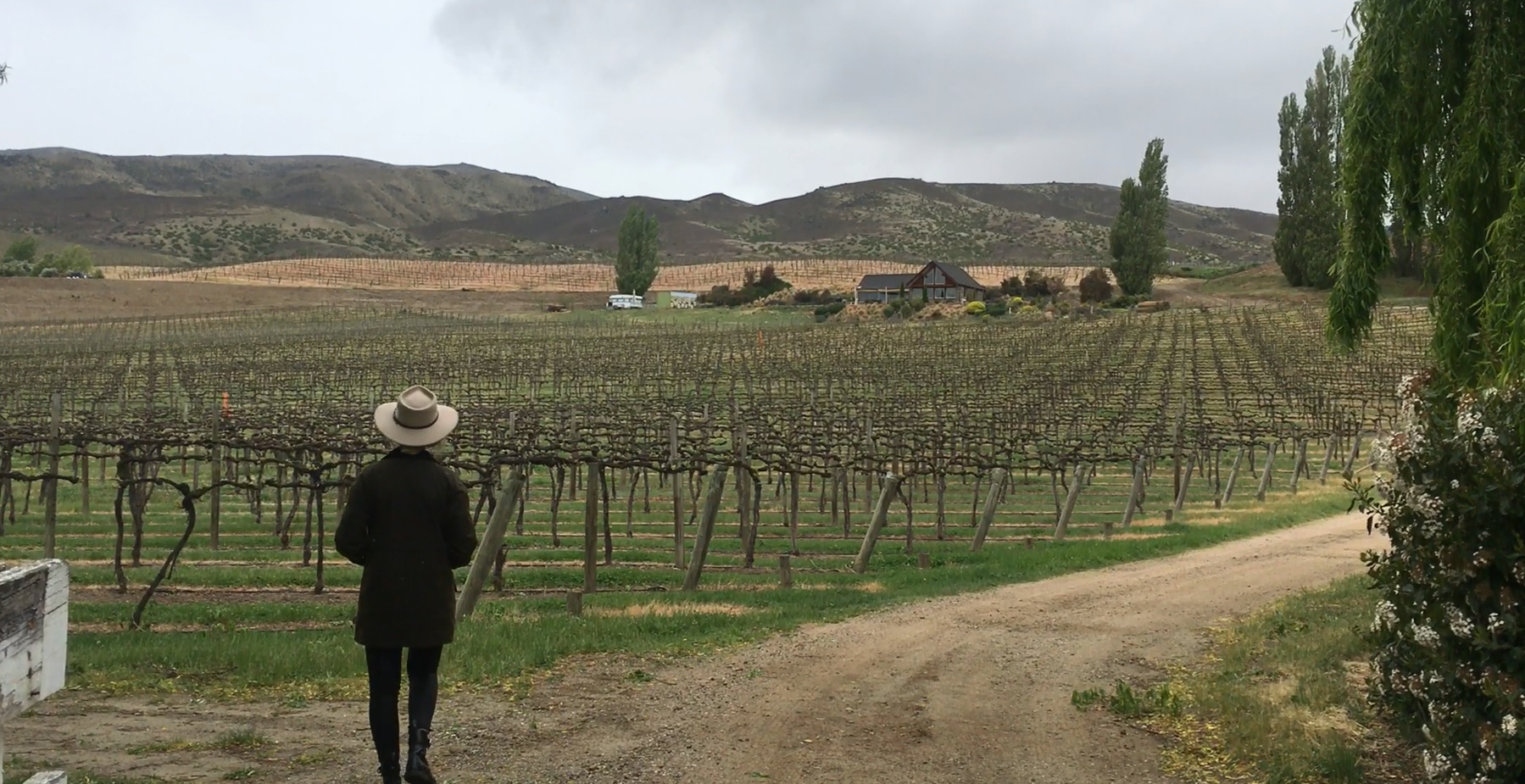
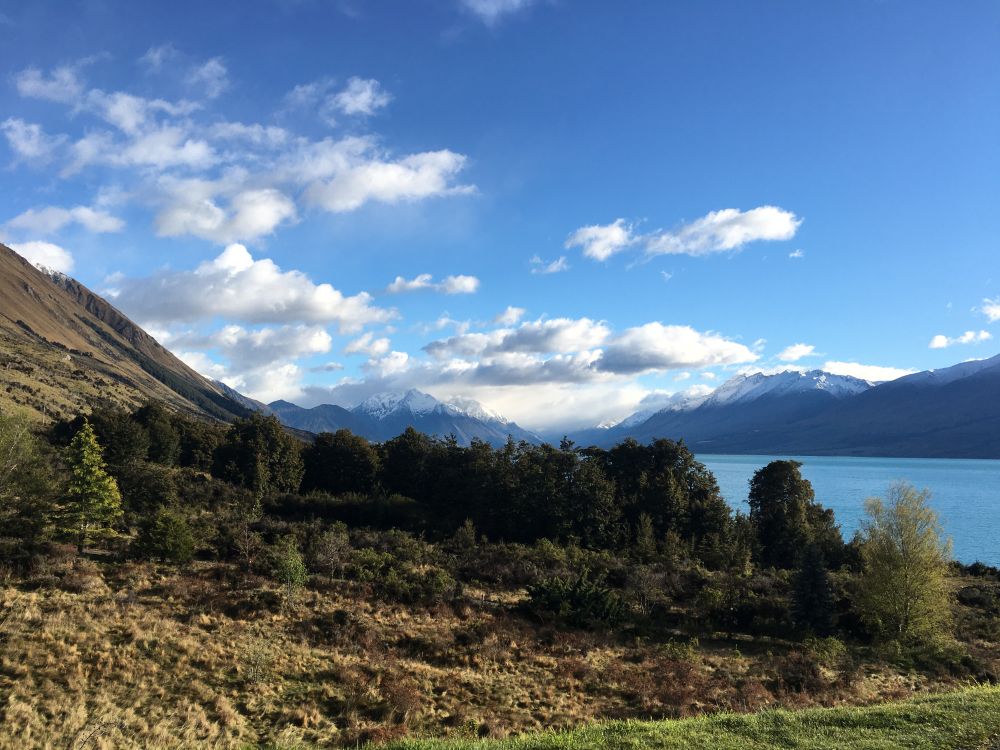
Stunning views up the Dobson Valley on the journey towards Aoraki/Mt Cook.
Norfolk Island
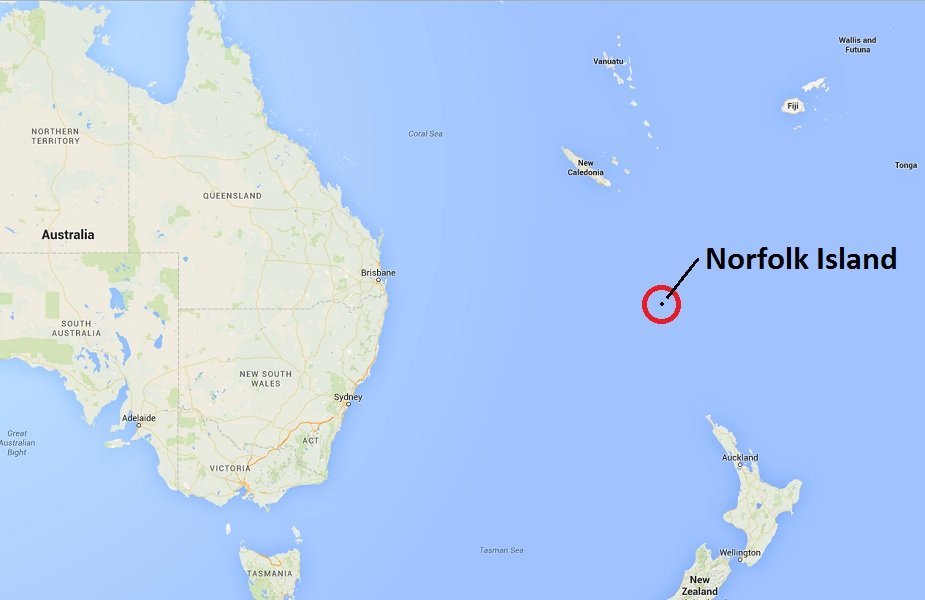
This 34.6 square kilometre Pacific Ocean island, an external territory of Australia, is home to just under 2000 people. The Island served as a convict penal settlement from 1788 until 1855 before descendants of the Bounty mutineers were relocated from neighbouring Pitcairn Island forming a permanent civilian population.
Even though Norfolk Island is influenced by its much larger neighbours, it has its own unique spirit. The locals couldn’t do enough to help with my research and like CeCe and Chrissie, I could picture myself living there – even though it is very remote.
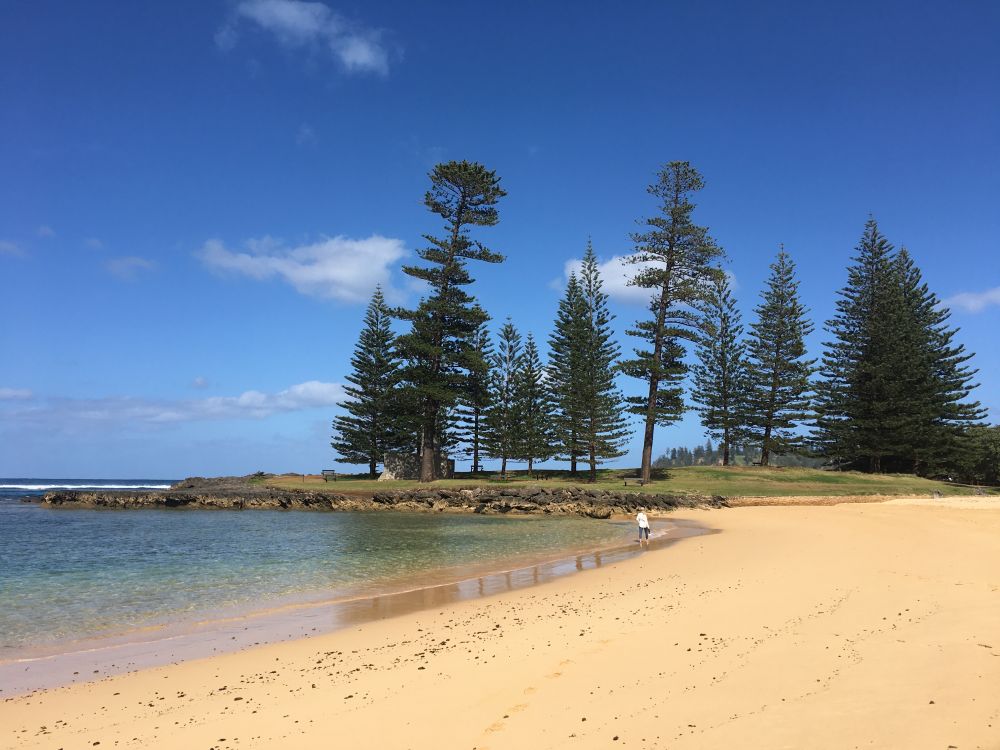
Emily Bay
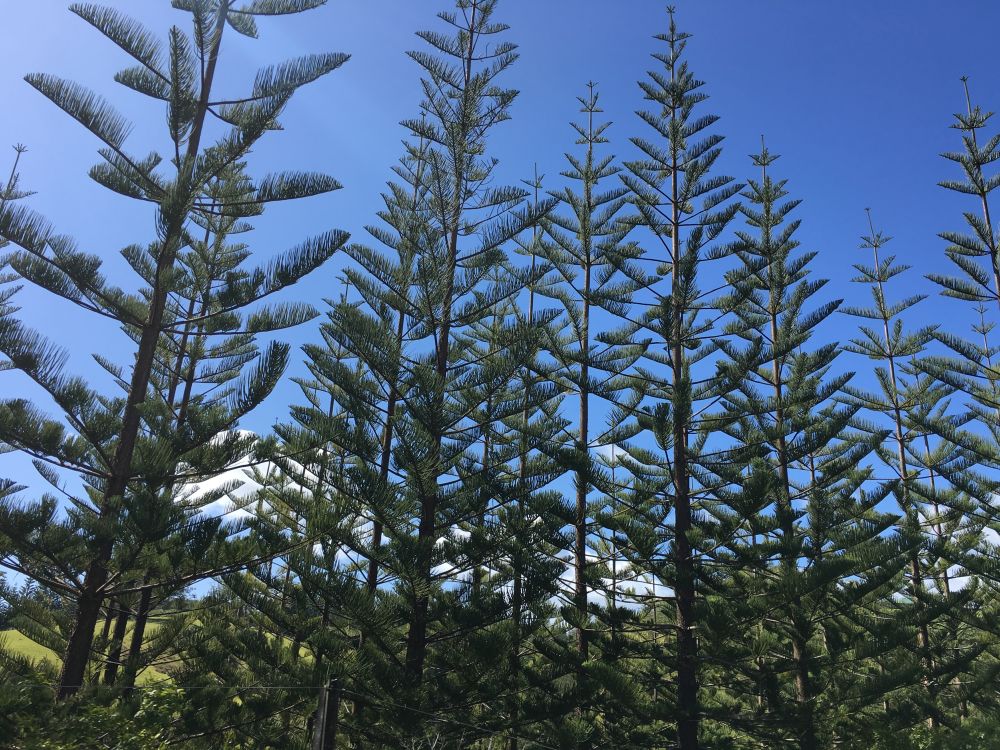
The Norfolk Pines, that CeCe says were also planted at Atlantis.
As I discovered in Australia when researching for The Pearl Sister, New Zealand too has its very own myths of the Seven Sisters. Called the ‘Matariki stars’ in Māori legend, the reappearance of the star cluster signals the beginning of the Maori New Year. The name ‘mata ariki’ means ‘eyes of god’.
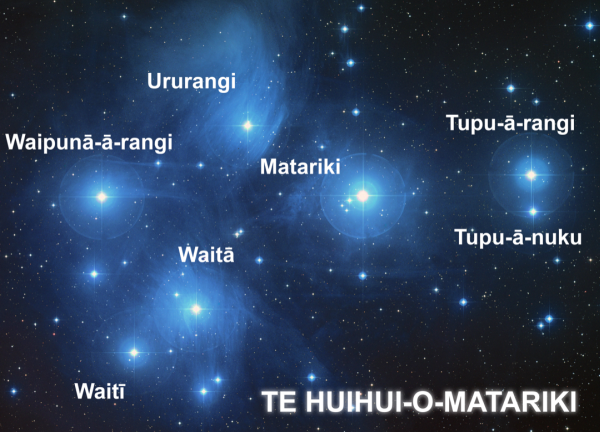
In the star cluster, Matariki is the mother of six daughters. Each of her daughters have lessons for the people on earth, and they are:
Tupu-ā-nuku, the eldest, who tends to all plant life. Her lesson is patience in growth, and tending to friends and family.
Tupu-ā-rangi, who loves to sing and brings back to life forests and animals alike. Her lesson is the importance of generosity.
Waipunarangi, who tends to the waters around New Zealand, providing it to the people so they can drink and care for their crops. Her lesson is that the kindness we give to others, will be repaid to us in turn.
Waitì and Waitā, the twins, who care for the fastest and smallest of all the creatures – the often-overlooked insects, so important to the balance of nature. Their lesson is care and support for the people around you.
Ururangi is the most passionate and lightning fast of her sisters. Her lesson is to find joy in life.
